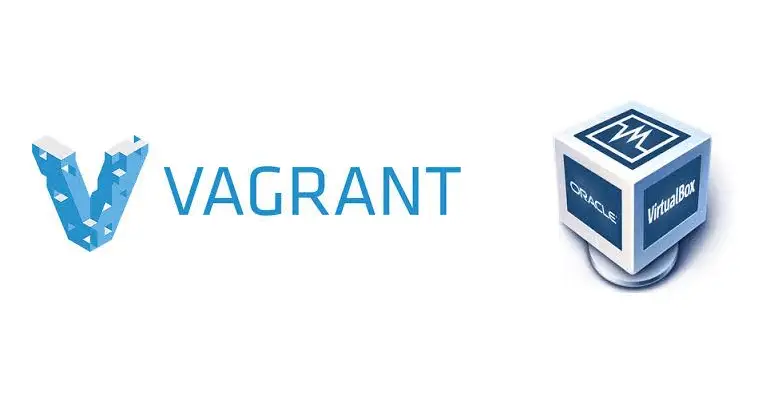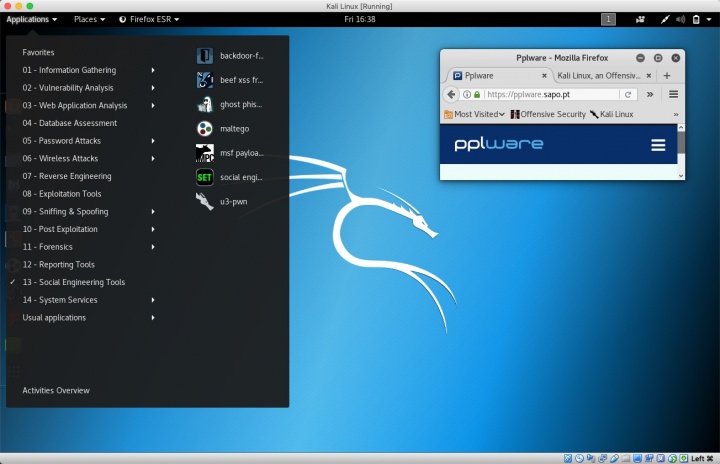

To use Hyper-V hypervisor you need to have installed Windows 10 Pro edition on your development machine.ĭepending on your needs and your development environment, you need to make a choice between docker-for-windows and Minikube.īoth solutions can be installed either manually or by using the Chocolatey package manager for Windows.Switching between these two hypervisors requires a machine restart.If you want to run Windows containers, then using docker-for-windows is the only option you have.If you are running virtual machines on your desktop, such as Vagrant, then you will not be able to run them if you enable type-1 hypervisors.Unfortunately, there are a couple of limitations in which technology you are using, since you cannot have Type-1 or Type-2 hypervisors running at the same time on your machine: Home) then Minikube is the only option.ĭocker-for-windows uses Type-1 hypervisor, such as Hyper-V, which are better compared to Type-2 hypervisors, such as VirtualBox, while Minikube supports both hypervisors. To use it you need a very recent OS version (Windows 10 Pro). Windows considerationsĭocker-For-Windows has recently added native Kubernetes integration. Docker for Windows works obviously only on Windows and even there it has some extra requirements. Notice that Minikube is available in all major platforms (Windows, Mac, Linux). We are evaluating these solutions and providing a short comparison based on ease of installation, deployment, and management.

There are several ways to run a Kubernetes cluster locally and in this article, we will examine the following solutions for Windows (future blog posts with cover Linux and Mac):Ī local machine Kubernetes solution can help developers to configure and run a Kubernetes cluster in their local development environments and test their application during all development phases, without investing significant effort to configure and manage a Kubernetes cluster. Sometimes, however, the need for a cluster that is running locally is imperative especially when it comes to integration tests or any other scenario where the local environment must represent the production one. In most cases, a well-designed 12-factor application can be developed locally without the need for a full cluster. The second challenge for Kubernetes adoption is the way developers work locally on their workstations. Thankfully this challenge is already solved using the native Codefresh-Kubernetes integration that also includes the GUI dashboard, giving you a full status of your cluster. The first one is the adoption of Kubernetes deployments as an integral part of your Continuous Delivery pipelines. Moving your application into a Kubernetes cluster presents two major challenges.


 0 kommentar(er)
0 kommentar(er)
